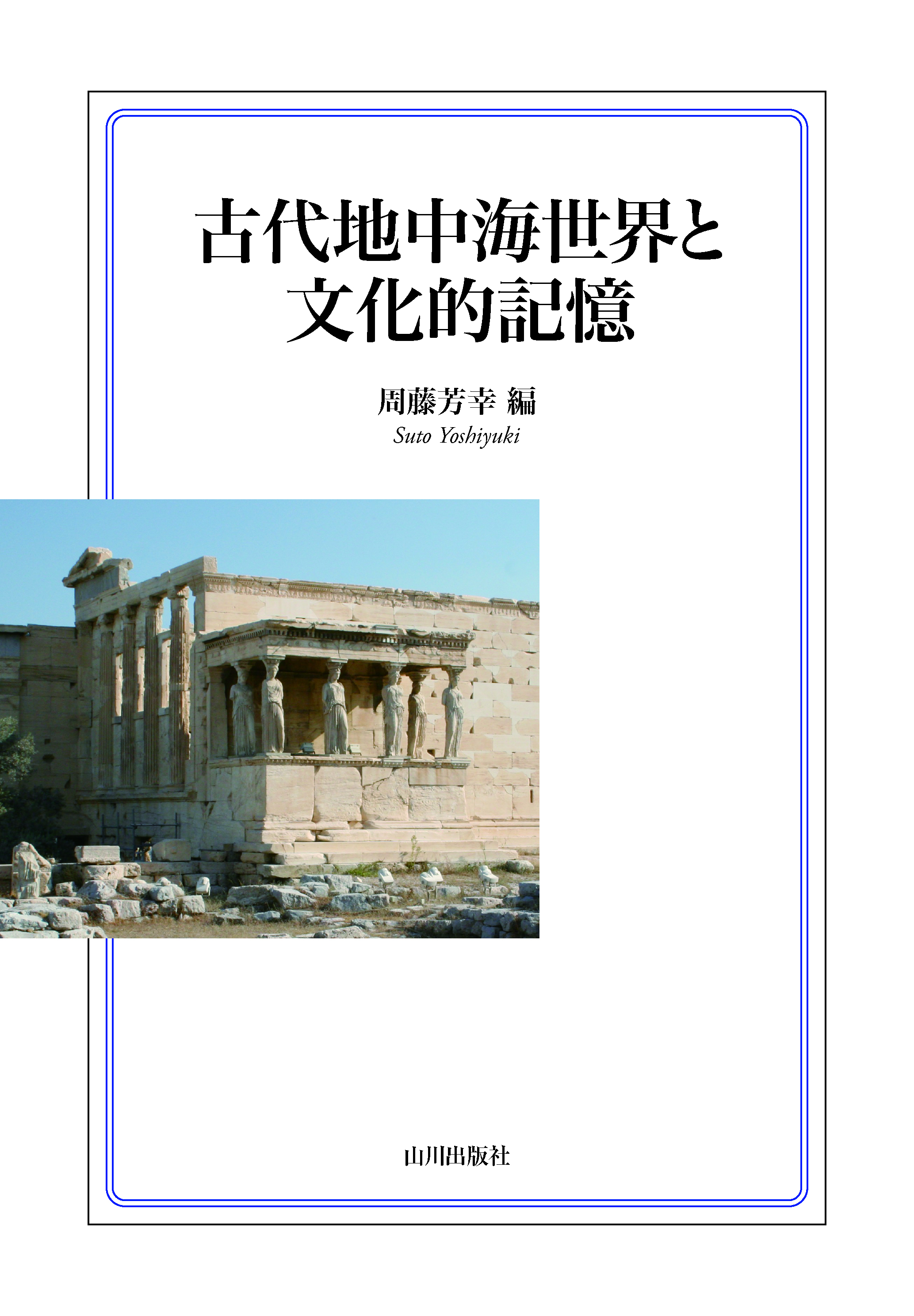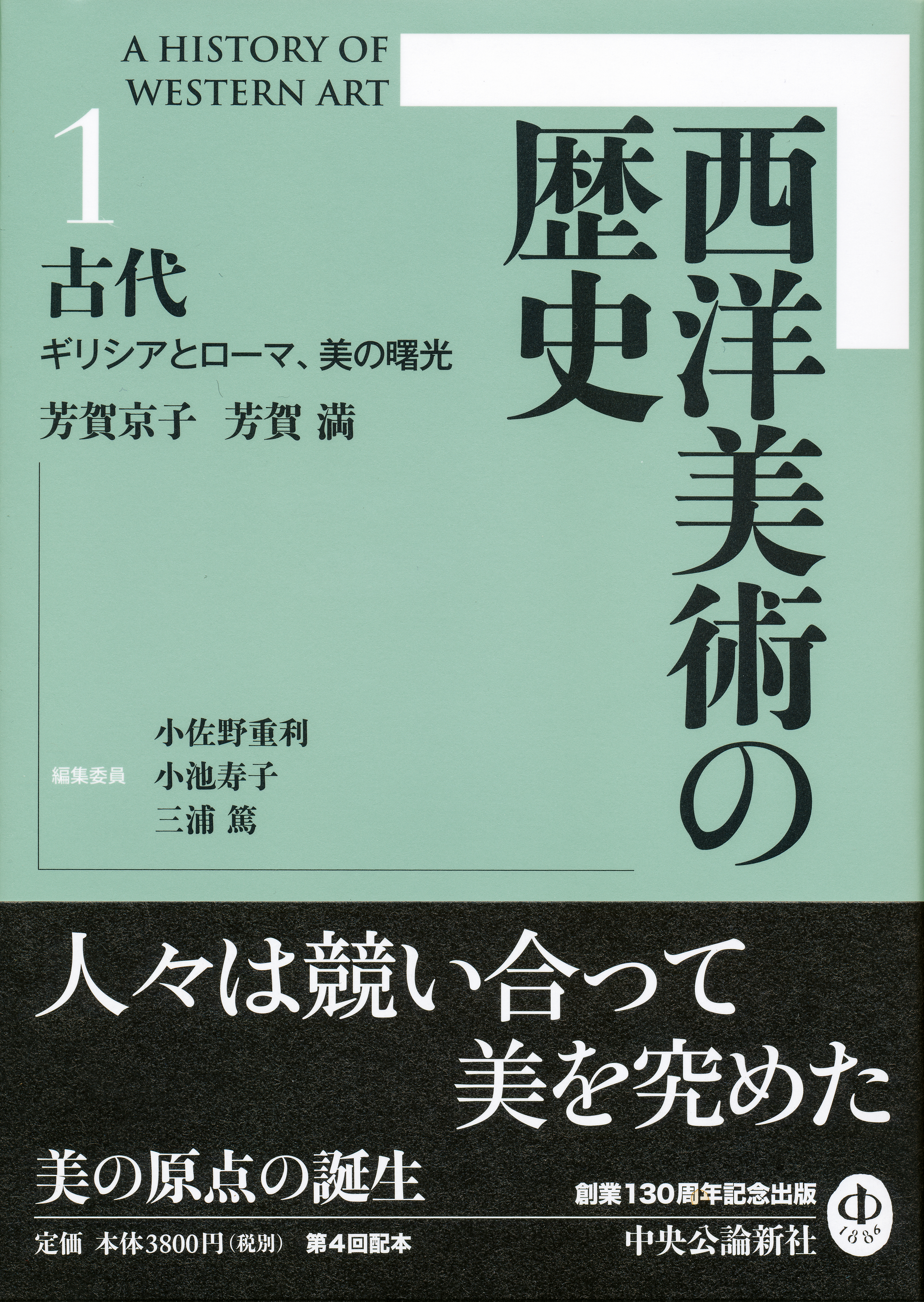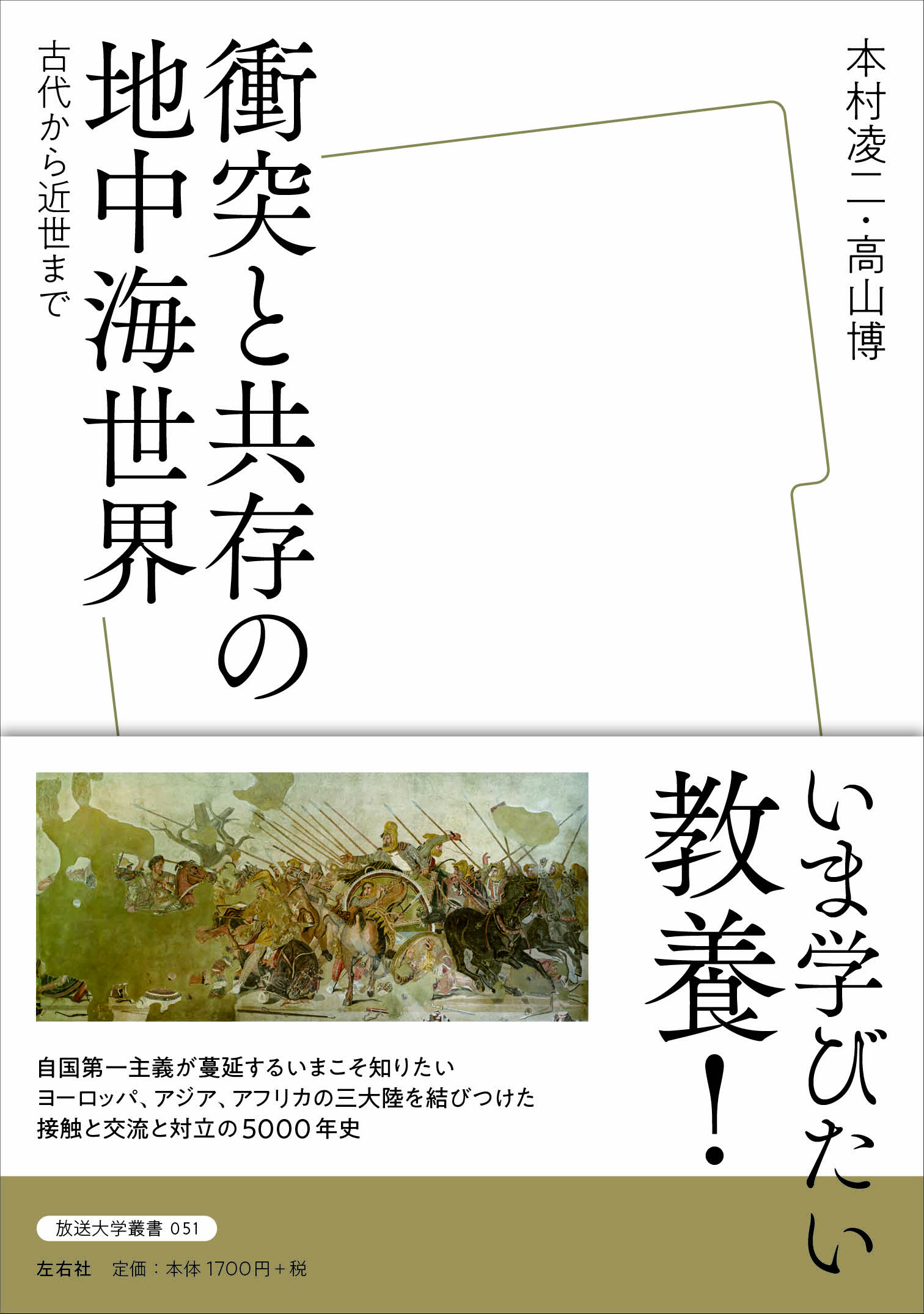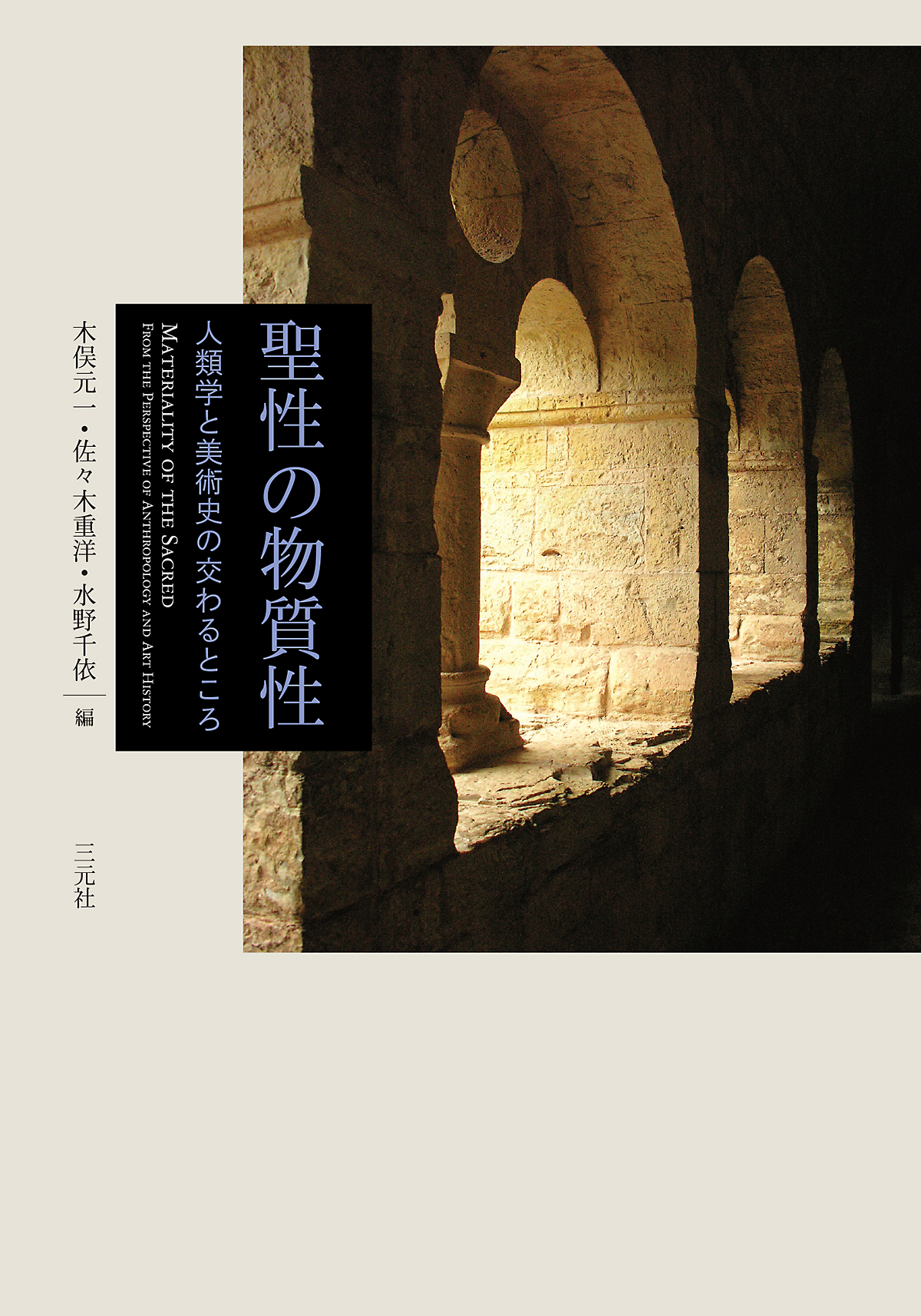
Title
Kodai-Chichukai-Sekai to Bunkateki-Kioku (The Ancient Mediterranean World and Cultural Memory)
Size
464 pages, A5 format
Language
Japanese
Released
July, 2022
ISBN
978-4-634-67255-0
Published by
Yamakawa Shuppansha Ltd.
Book Info
See Book Availability at Library
Japanese Page
Perhaps memory depends on an individual’s brain and will be lost after their death. Or, as the phrase ‘trick of the memory’ suggests, memory is susceptible to errors and may feel more vague and less reliable than a written record. However, UNESCO’s selection of “Memory of the World Program” (which includes Anne Frank’s diary and the Magna Carta) shows that the word “memory” is now used in a more comprehensive sense.
As Haruki Yasukawa describes in the introduction to this book, the concept of memory has actively been taken up and redefined in the field of history, especially at the end of the 20th century. In addition to individual memory, there exists something that we can call “collective memory”. Collective memory is formed initially through oral transmission among people, but if it remains fixed in various media, it can be passed on for a longer period and eventually links to the identity of the group. This is what Aleida and Jan Assmann refer to as “cultural memory”.
This book’s collection of 15 chapters in three parts was born from the joint research project “Ways of Transmitting Knowledge in the Ancient Mediterranean World” (Grant-in-Aid for Scientific Research (A), 2015-2018), launched by Nagoya University Professor Yoshiyuki Suto, and “Dynamics and Knowledge and Cultural Memory in the Ancient Mediterranean World” (Grant-in-Aid for Scientific Research (A), 2018 - 2022) that succeeded it. In addition to Greece and Rome, Egypt comprises a major part of the project. The Western world tends to hold up the ancient Mediterranean as the “classics” of only Greece and Rome, but Professor Suto, who has long been involved in the excavation of the Akoris site in Egypt, created this research group to include several Egyptian researchers.
In the ancient period, the Egyptian and Greco-Roman civilizations were, of course, closely intertwined. Researchers today, however, have little contact with each other owing to the separate educational systems during their university years. Some academic research societies exist based not on the field of study, but to facilitate exchanges among different fields such as philosophy, history, literature, archaeology, art history, etc. Yet, in Japan, separate institutions, the Classical Society of Japan (namely, the studies of ancient Greece and Rome) and the Society for Near Eastern Studies in Japan (including Mesopotamia and Egypt) were established separately in 1950 and 1954, respectively (the Collegium Mediterranistarum, which includes the whole Mediterranean region, was established in 1977, over 20 years later).
Our research project meeting in 2018 began with Professor Suto distributing copies of Assmann’s short paper to everyone. To unify the diverse interests of the researchers, whose fields are geographically distant but closely related, Professor Suto insightfully used the key word of “cultural memory”. Readers may begin the book from a chapter that seems most interesting. We hope that they will become interested in the concept of “cultural memory” as it is conveyed through diverse media in different regions and eras of the Mediterranean world, and gradually broaden their interests as they read on.
(Written by HAGA-SENGOKU Kyoko, Professor, Graduate School of Humanities and Sociology / 2023)



 Find a book
Find a book




